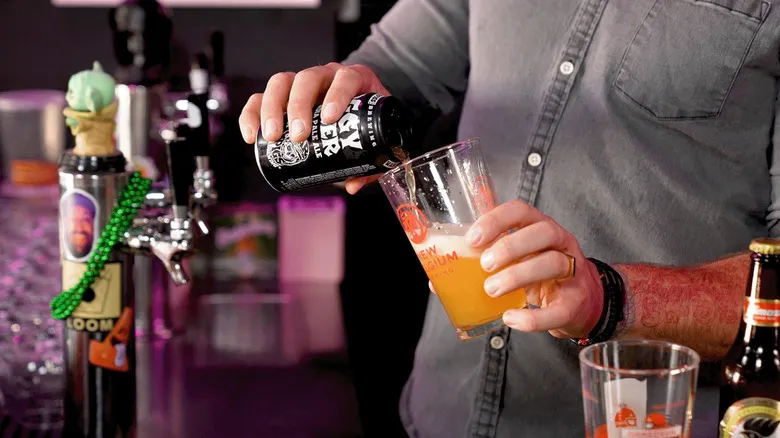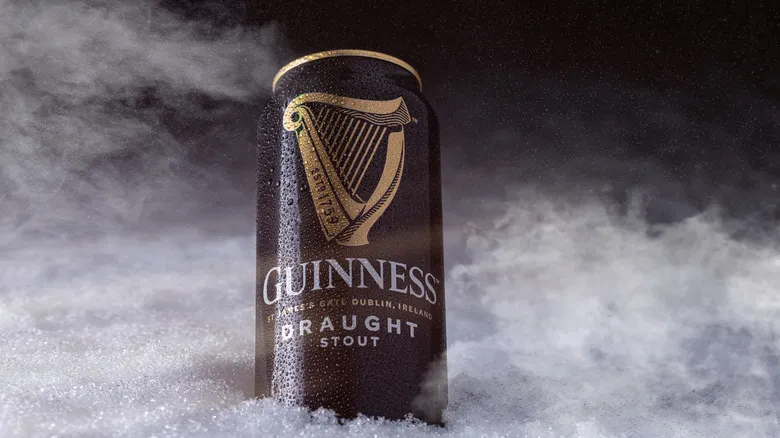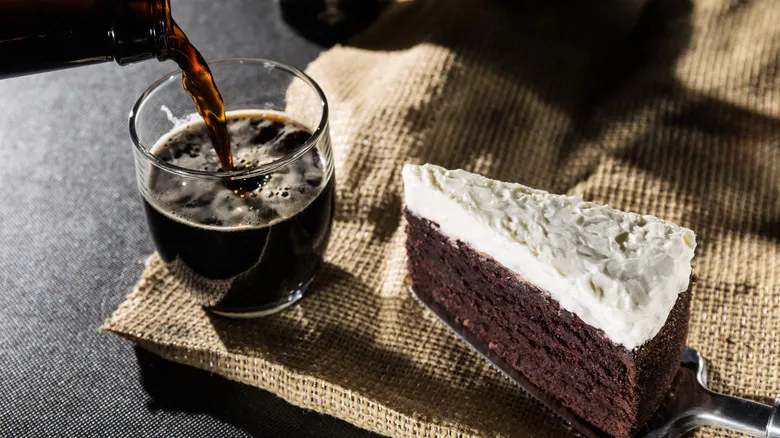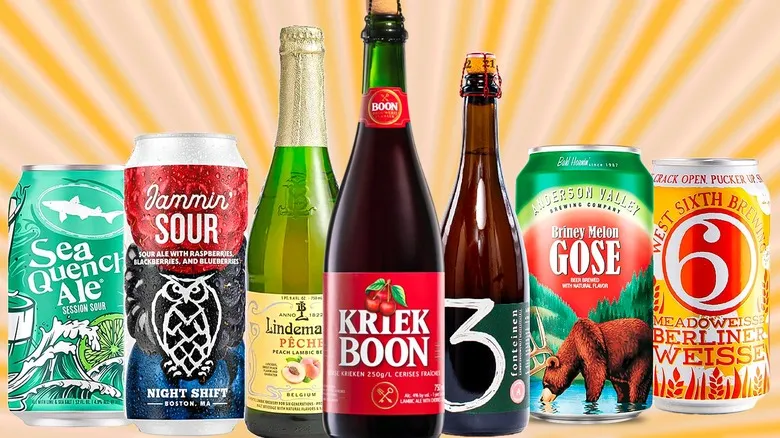Pouring from a can or a bottle

The method for pouring beer from a can is quite similar to that of a bottle, though it may differ slightly based on the beer type and carbonation level. Generally, you should tilt the glass at about a 45-degree angle and pour the beer down the side at a consistent, steady pace, keeping an eye on the foam to ensure it doesn’t form too quickly. As you complete the pour, gradually bring the glass back to a level position.
Pouring from a bottle follows mostly the same procedure. "Depending on the beer type, you might adjust your pouring speed, particularly based on the carbonation," Lockwood explains. "I find that lagers and pilsners tend to produce less foam than pale ales or standard IPAs, making them a bit more forgiving."
When pouring a beer from a bottle that typically has a smaller foam head, you can also keep the glass upright and pour the beer down the far side. This added friction during the pour can help generate more carbon dioxide bubbles, resulting in a larger head on the beer.
Draft lines 101

Pouring from a draft line into a pint glass requires a bit of expertise and an understanding of the specific line, as well as knowledge of the carbonation levels in various ales. Some draft lines can be tricky, while others may require a bit of intuition. Generally, using the 45-degree angle technique and pouring down the side of the glass is effective. Adjust the tap speed as the head develops, gradually bringing the glass upright to complete the pour.
For more aromatic beers like IPAs, sours, or Belgian ales, you might choose a tulip glass, which is a 12-ounce vessel with a rounded base and a flared rim. "For the right type of beer, it can significantly enhance the experience, especially in how it captures the flavor," Lockwood explains. When pouring into a tulip glass from a draft line, start with the same 45-degree angle, but you'll need to overfill it to release some of the head that forms. Once the pour is finished, the head will settle.
Lockwood also suggests keeping a squeeze bottle of water handy when pouring from a draft line. This method can sometimes cause liquid to spill down the outside of the glass, and a quick squirt of water will clean it off effortlessly.
By rinsing your glassware beforehand, selecting your angle thoughtfully, and adjusting your pouring speed to match the beer's carbonation, you can achieve a perfect pour every time.
Recommended

Should You Pour Your Canned Guinness Into A Glass?

What Makes Muscadine Wine Different From Moscato?

What's The Best Beer To Pair With Chocolate Desserts?

The Absolute Best Sour Beers For Cider Drinkers
Next up
